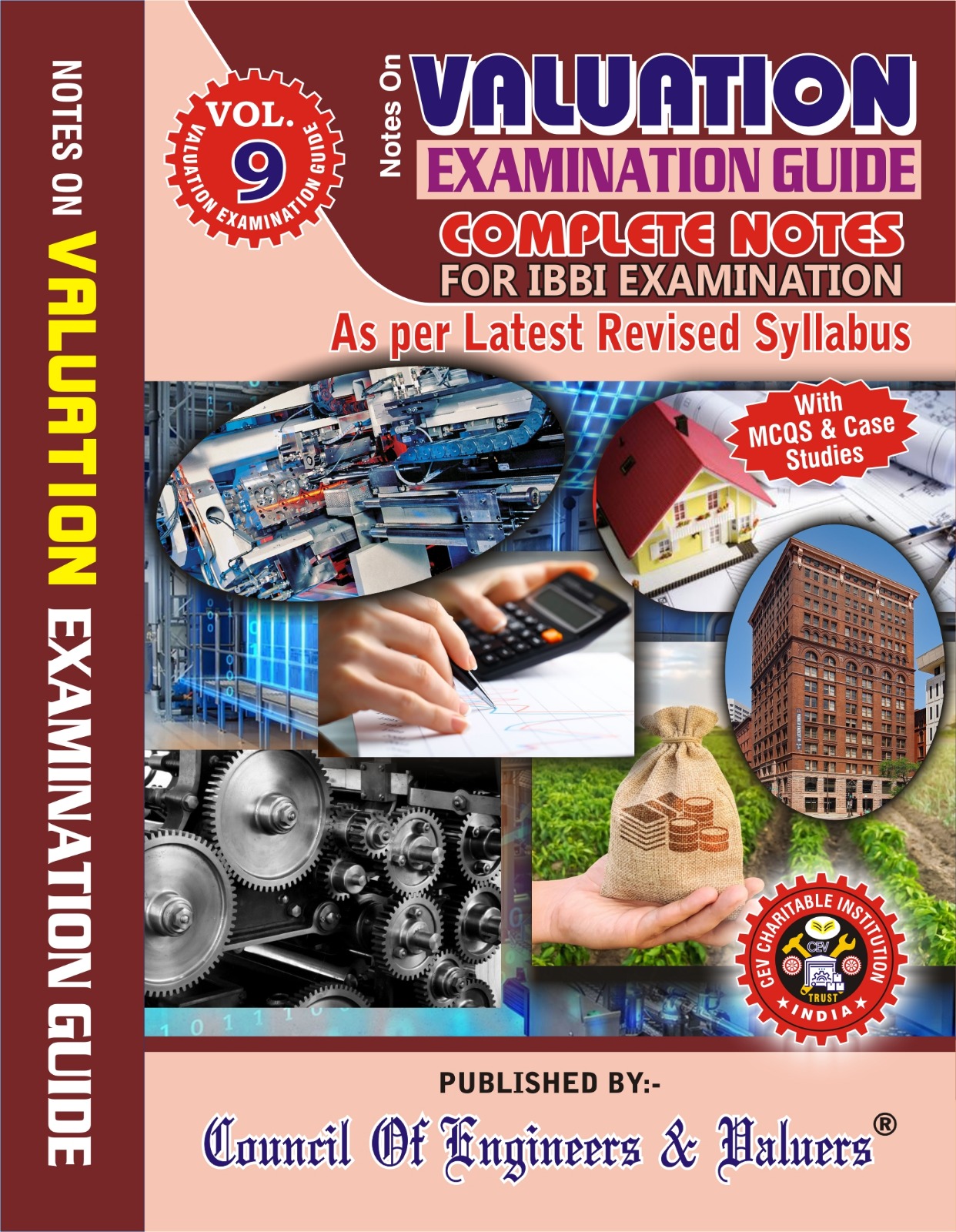Saturday Brain Storming Thought (269) 05/04/2025
NON-TRANSFERABLE PROPERTY IN INDIA
In India, Non-transferable property, as outlined in section 6 of the Transfer of Property Act, 1882, includes assets like the chance of an heir succeeding to an estate, future maintenance rights, the mere right to sue, public offices and certain pensions
Meaning of Non-transferable Property
It consists of assets that cannot be legally transferred due to specific restrictions in Section 6 and it’s sub clauses
These restrictions ensure that certain properties, which hold unique or personal value, remain non-transferable to preserve their intended purpose or nature
Types of properties that are not transferable
1) Spes Successionis
The chance of an heir apparent succeeding to an estate cannot be transferred
This concept, known as “spes successionis” is addressed in Section 6 (a) of the Act
2) Personal Rights
Rights that are inherently personal to an individual, such as personal skills and abilities, cannot be transferred
3) Future Maintenance
Any right to future maintenance, whether arising in any manner or determined, in non transferable
4) Mere Right to Sue
The mere right to sue is not transferable
This means that one cannot transfer their right to pursue legal action to another person
5) Public Office
A public office and the salary associated with it, whether before or after it has become payable, cannot be transferred
6) Stipends to Military/Naval/Air force Personal
Stipends allowed to military, naval or air force personnel are non transferable
Key Takeaways of Non-transferable Property
1) Definition
Property that cannot be legally transferred
2) Ownership
Usually owned by the Government or held in trust
3) Transferability
Cannot be legally transferred
4) Legal Restrictions
Often subject to stricter legal restrictions and regulations, which may limit its use or even prevent its transfer
5) Marketability
May have limited or no commercial value
Reasons for placing restrictions on transferability are
1) Public policy
2) The right is personal to one exercising it
3) The right is intrinsically connected to larger property or right which is not being transferred
Spes Successionis
This would mean the chance of a person obtaining a right in the future, clause (a) of section 6 mentions the following possibilities
1) The chance of an heir apparent succeeding to an estate
2) The chance of a relation obtaining a legacy on the death of a kinsman
3) Any other mere possibility of a like nature
The policy behind this is that a person can only transfer what he owns
Therefore, unless the heir succeeds to the estate of the predecessor, any transfer by him is a mere possibility
Mere right to re-entry
1) Right which cannot be transferred is mere right to re-entry under clause (b) of section 6
2) If there is a right to re-entry on breach of condition, this mere right to re-entry cannot be transferred to anyone
3) It can only be exercised by the owner of immovable property
Easementary Rights
1) Clause (c) of section 6 of TPA provides that an easement cannot be transferred apart from dominant heritage
2) An easement is the right which the owner of land (dominant heritage) possesses for proper enjoyment of right over the adjoining property (Servient heritage) like right to way
3) This right cannot exist apart from the dominant heritage and hence cannot be transferred
Property Restricted in Enjoyment to the Owner
1) Clause (d) of section 6 provides that if the interest is restricted in enjoyment to the owner only, it becomes Non-transferable
2) Examples of such rights are the maintenance granted to the wife in divorce, alimony ordered to be paid on her judicial separation
Right to future maintenance
1) Clause (dd) added by way of Amending Act of 1929 provides that right to future maintenance cannot be transferred
2) The need for adding this clause was that even though transfer of right to maintenance was prohibited by virtue of blause (d), some Courts held that if the amount of maintenance were fixed by decree of agreement it could be transferred
3) This clause was therefore introduced to protect the right created for the personal benefit of the qualified owner
Right to Sue
1) Clause (e) of section 6 provides that mere right to sue cannot be transferred
2) However, if the decree of damages has been passed it can be transferred as it is no longer a mere right to sue
3) A right to recover Mesne Profits is a mere right to sue and is not transferable
4) The Privy Council in the case of Manmatha Nath Mullick v. Hedait Ali (1931) laid down the difference between actionable claim and a mere right to sue
Public office and salary attached to public office
1) Clause (f) of section 6 provides that public office and salary attached to it cannot be transferred
2) An office granted to a person is personal to the incumbent and hence cannot be transferred
Stipends allowed to military, naval, air force and civil pensioners
1) Clause (h) of section 6 provides for three categories of transfer that cannot happen
2) Transfer that is opposed to nature of the interest affected thereby
Res nullius, Res communes and Res extra commercium fall under this
This would mean things which are owned by non like air, water, land etc
3) Transfer of unlawful object or consideration under section 23 of Indian Contract Act
4) Transfer to a person legally disqualified to be transferee
An example of this is found in Section 236 of the TPA which provides for the incapacity of officers connected with Courts of Justice
Following types of transfers are not authorised under section 6 (i) of Transfer of Property Act
1) Tenant having untransferable right of occupancy
2) Farmer of an estate in respect of which default has been made in paying revenue
3) Lessee of the estate under the management of Court of Wards
Advantages of Non-transferable Properties
1) Protection of specific interests
Non-transferable Properties, like certain rights or interests, can be designed to ensure that specific benefits or obligations remain with the original holder, preventing unwanted changes in ownership or control
2) Preventing Unsuitable Transfers
Some properties might be deemed Non-transferable to prevent their use for purposes that could be detrimental to the public or to specific individuals
3) Ensuring Continued Enjoyment
Non-transferable interests, like a right to future maintenance or a right of occupancy for a tenant, can ensure that the beneficiary continues to receive the benefits associated with the property, even if the ownership changes
4) Maintaing Control
In some cases, Non-transferability can be used to maintain control over a property or asset, preventing it’s transfer to parties that might not be suitable or trusted
5) Protecting Public Interests
Certain properties,clike public offices or salaries,cmight be Non-transferable to prevent corruption or ensure that public resources are used for the benefit of the community
Disadvantages of Non-transferable Properties
1) Limited Marketability
Non-transferable Properties lack Marketability and cannot be sold or used as collateral, limiting their economic value
2) Reduced Flexibility
The inability to transfer or dispose of a property can create inflexibility and can hinder the owners ability to adapt to changing circumstances
3) Potential for Disputes
The Non-transferable nature of certain rights or interests can lead to disputes if the original holder attempts to transfer them or if the beneficiary’s rights are contested
4) Difficulty in Financing
Non-transferable properties may be difficult to use as collateral for loans or other forms of financing, limiting the owners ability to access capital
5) Reduced Investment Opportunities
The lack of transferability can discourage investment in properties, as potential investors may be hesitant to acquire assets than cannot be easily sold or transferred
COMPILED BY:-

Er. Avinash Kulkarni
9822011051
Chartered Engineer, Govt Regd Valuer, IBBI Regd Valuer



